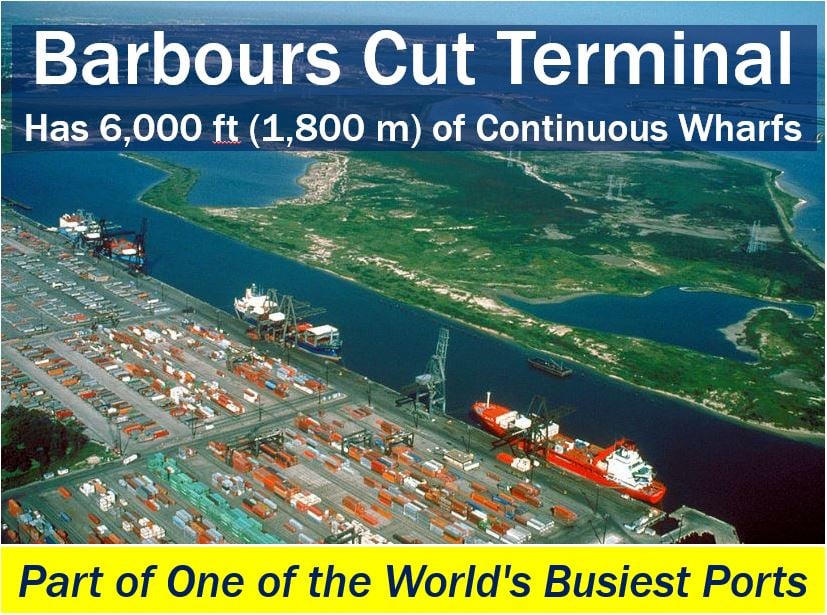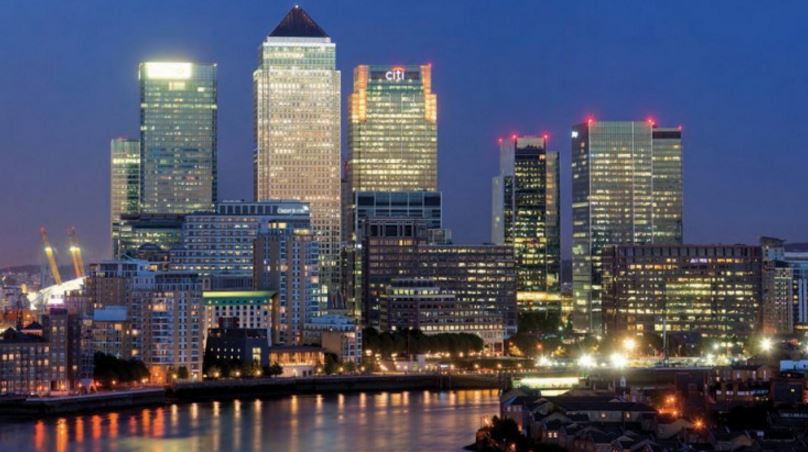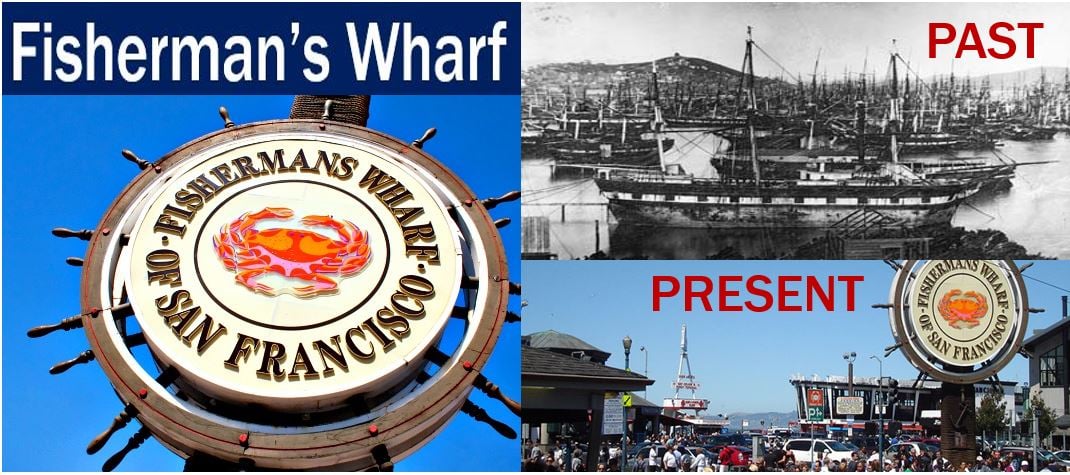A wharf is a level quayside area to which sea vessels may be moored for loading and unloading.
It is a projection constructed in a harbor to provide berthing space for ships, facilitate boarding and disembarkation of passengers, and the loading and unloading of cargo.
It is an artificial structure by the sea or on a river, which provides an area where ships can safely dock. Some are extremely intricate, with many different types of berth over a large area, as well as navigable channels.
Also known as a quay, staith or staithe, a wharf may also include piers, warehouses, and other facilities required for handling the vessels.
As a verb, it means to moor at a wharf, as in: “The ship is wharfed.”

Difference between a wharf and pier
A pier is a structure that protrudes into a sea. It is a man-made walkway that stretches out away from the land, above the level of the water. A pier is like a bridge over the water – but it doesn’t go anywhere; it suddenly stops.
Piers are places where people go to to have fun. Towards the end of a pier there may be an area for fishing, where amateur anglers have access to deeper water.
A wharf is a structure built along the shore – parallel to the shore – while a pier sticks out into the sea, it is perpendicular to the shore.
While piers are mostly made of wood, wharfs are made of concrete or stone. Piers are raised platforms above the water level – wharfs are slightly raised structures built alongside the shore.

The Canary Wharf group says that it has: “Already achieved one of the greatest ever feats of civic engineering, turning a once derelict Docklands into 97 acres of London’s, and the world’s, most sought after office and retail space.”
Etymology of ‘wharf’
According to the Online Etymology Dictionary, the Old English word Hwearf, which meant “shore, bank where ships can tie up,” was related to the earlier Proto-Germanic word Hwarfaz, which meant “embankment, dam”.
The term Wharf Rat, meaning “a type of rat common on ships and docks”, is believed to have emerged in the English language in 1812. In 1836, the term’s meaning extended to “person who hangs around docks”.
Canary Wharf and Fisherman’s Wharf
Some old wharfs have become famous tourists attractions or business areas.
Canary Wharf is an important business district within the London Borough of Tower Hamlets in east London. Along with the traditional City of London, it is one of Britain’s two main financial centers. It has many of the tallest buildings in Europe.
From 1802 to 1939, the area where Canary Wharf is located – the West India Docks on the Isle of Dogs – was one of the busiest docks in the world. By 1980, the docks were closed after a steady decline in East London’s port industry.
In the 1980s, the British Government adopted policies to stimulate the area’s redevelopment, including the creation in 1981 of the London Docklands Development Corporation.
The Canary Wharf we know today started when the former chairman of Credit Suisse First Boston had the idea of converting the area into a **back office.
** A ‘back office’ is a part of a company whose staff rarely meets customers or other outsiders. The term is more commonly used in banking and finance.

Fisherman’s Wharf is a tourist attraction on San Francisco’s waterfront. In the 19th century, Italian immigrant fishermen settled there. Many of the restaurants and fishing boats in the area today belong to the descendants of those immigrants.
It is famous for its seafood, especially its Dungeness crab and clam chowder. It is also the location of Pier 39, the Cannery Shopping Center, a Wax Museum, the Musée Mécanique, and the San Francisco Maritime National Historical Park.
